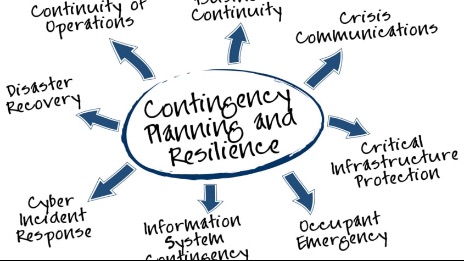|
|
To protect against sitewide failures, Azure is now offering Availability Zones (AZs). Regions with AZs have at least three data centers interconnected via a high-bandwidth, low-latency network that supports synchronous replication. Azure offers a 99.99 percent SLA for AZs, but again, only guarantees at least one server will have external connectivity—nothing less and nothing more. |
| Fitech Online health assessment system uses Azure cloud; this offers redundancy at three layers: within data centers, within regions and across multiple regions. Within data centers, Availability Sets are used to distribute redundant servers across different fault domains located in different racks, which protects against failures at the server and rack levels. This affords some protection for some failures, but provides no protection during a sitewide failure, such as the one that occurred in September 2018 in Azure’s South Central US Region. The 99.95 percent Service Level Agreement (SLA) only guarantees that in an Availability Set with two or more servers, at least one will have external connectivity, but it does nothing to assure availability at the application level. |
For redundancy during major disasters, Azure offers Region Pairs, in which each region is paired with another in the same geography (e.g. United States or Europe). The regions are separated by at least 300 miles to protect against widespread disasters that might impact an entire region, including across multiple AZs. By pairing regions, Microsoft is able to apply updates one at a time to prevent the “update gone bad” scenario and will prioritize the recovery of at least one region in each pair during an Azurewide outage. But again, Azure only guarantees “dial tone” for the servers, leaving it to the customers to ensure availability at the application level |

